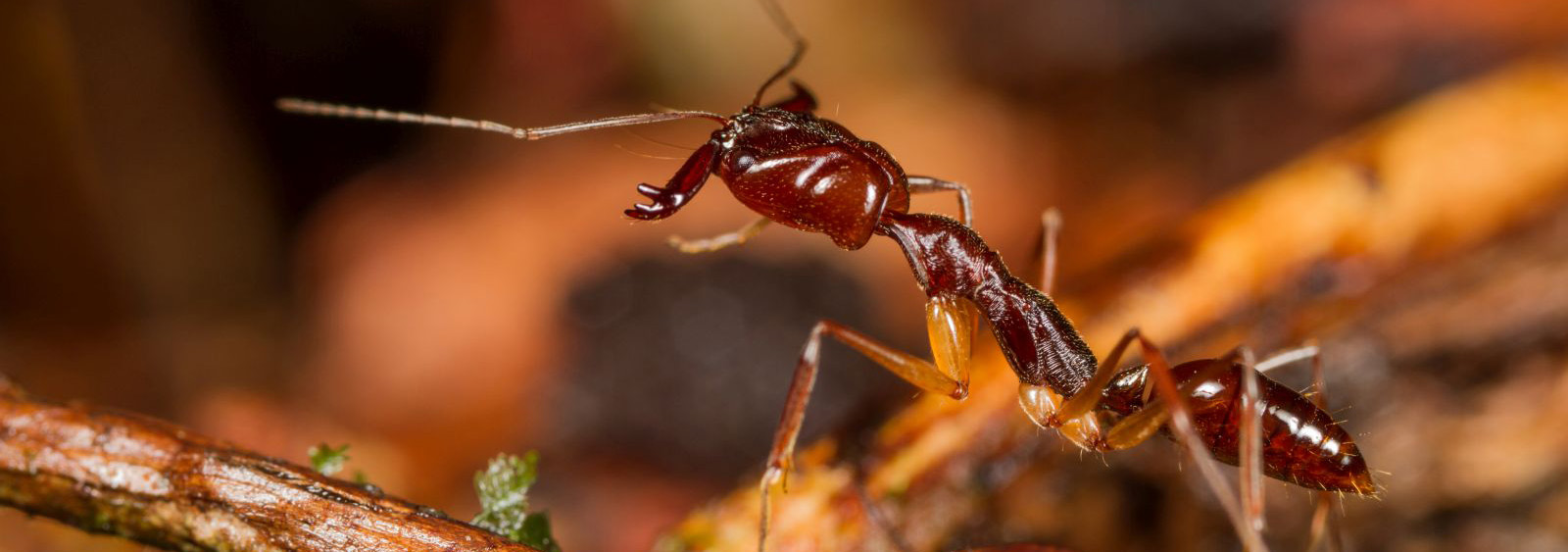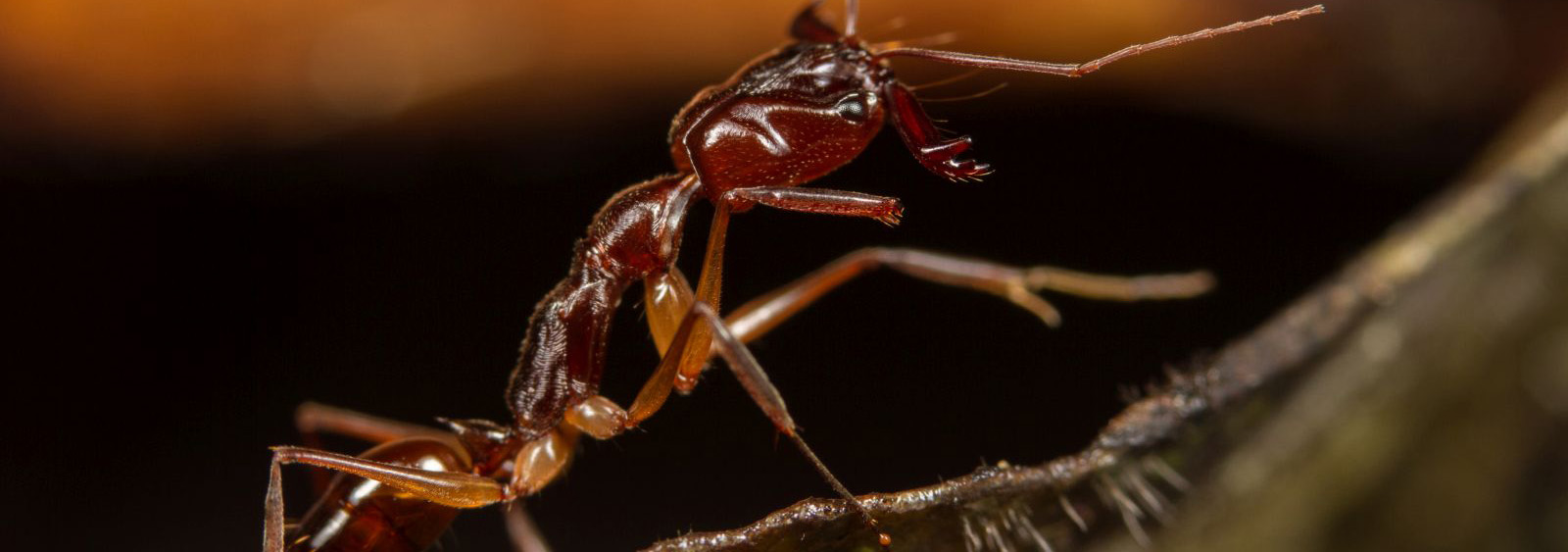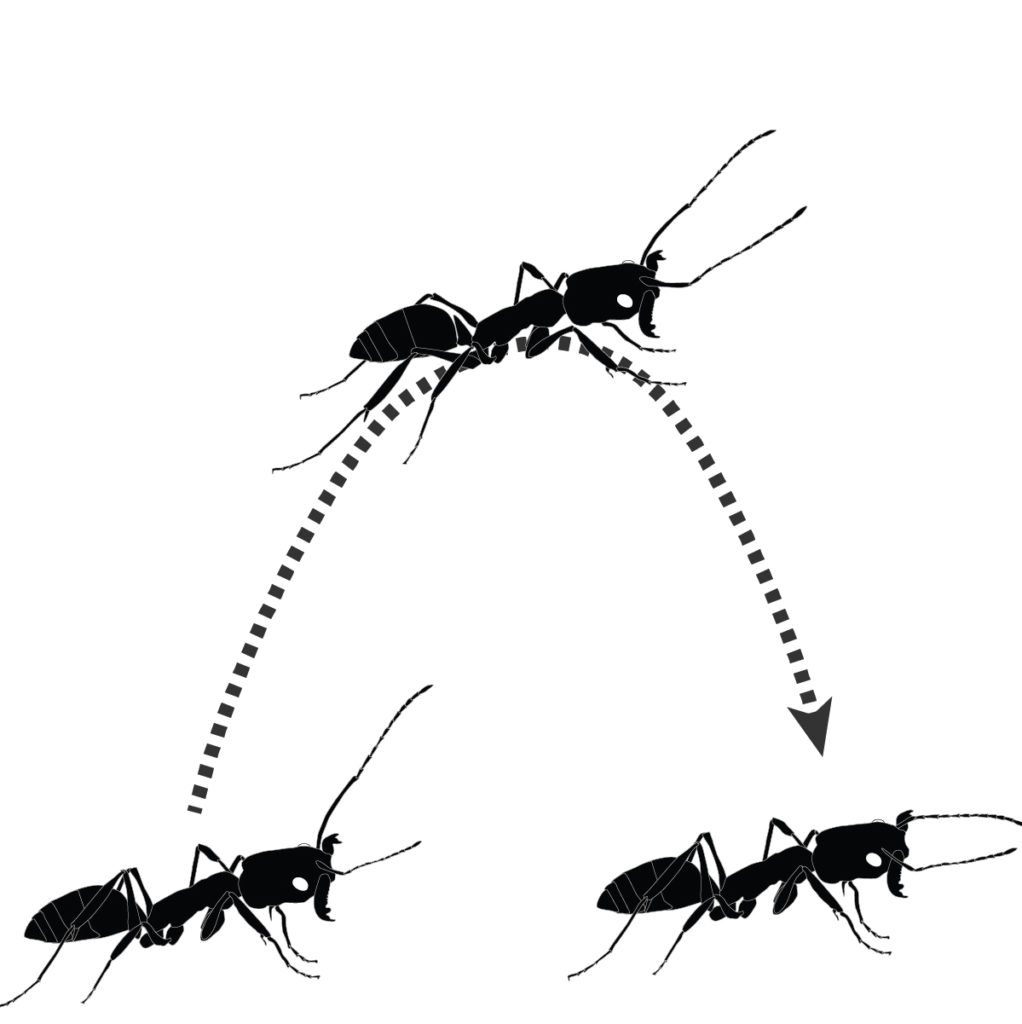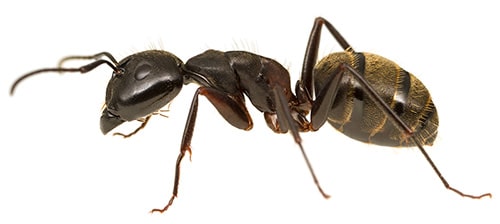

Jumping trap-jaw ants in Borneo
Jumping is most prominently used in well-known groups such as kangaroos, frogs, hares—and on a smaller scale—jumping spiders, grasshoppers, and fleas. Ants are not particularly known for their ability to jump though it does occur in a handful of species. Trap-jaw ants are also known for their jumping ability. However, these ants use their mandibles rather than their legs to jump. This well-studied behavior is present in all Odontomachus species.
During an expedition to Sarawak, Borneo, in 2012 I made a fascinating discovery. When disturbing a trap-jaw ant nest, I observed the ants jumping FORWARD from leaf to leaf in the low vegetation surrounding the nest. These forward-oriented jumps spanned several inches and resembled the leaps of a jumping spider. The behavior is a new observation of Odontomachus and I returned to Borneo in 2013 (funding by The Explorer’s Club Exploration Grant) to describe the behavior.
The paper was published in the journal Frontiers in Ecology and the Environment:
Sorger D.M. (2015): Snap! Trap-jaw ants in Borneo also jump using their legs. Frontiers in Ecology and the Environment 13: 574-575. PDF & Supplement
Also see news coverage of this article and a video of the behavior below.

